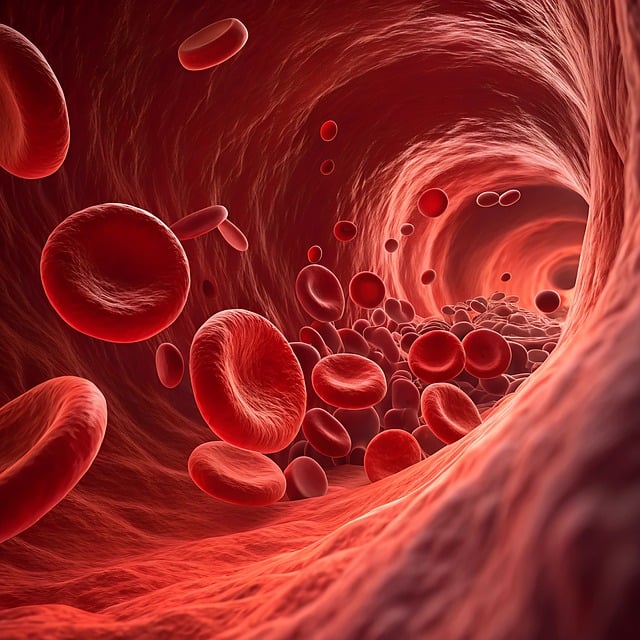In the UK, the Testosterone Blood Test UK serves dual purposes: assessing male hormonal health and aiding in diagnosing Iron Deficiency Anemia (IDA), a global concern. Early detection through routine tests can be life-saving, providing insights into hemoglobin, red blood cells, and iron levels. The NHS offers guidance for further testing and treatment, including dietary changes or supplements. However, misusing non-standard terminology may lead to confusion and misdiagnosis, emphasizing the need for comprehensive anemia testing.
Iron deficiency anemia is a common but often overlooked health issue, affecting millions worldwide. This condition arises from insufficient iron levels in the blood, leading to reduced hemoglobin production and fatigue. Fortunately, early detection through simple blood tests can prevent severe complications. In the UK, testosterone blood tests have emerged as a valuable tool for identifying iron deficiency anemia, offering a straightforward approach to managing this treatable disorder. This article explores the process, symptoms, and importance of screening.
Iron deficiency anemia is a common condition worldwide, and early detection through blood tests can be life-saving. One essential test in the UK is the testosterone blood test, which, while primarily used to assess male hormonal health, also plays a role in diagnosing anemia. This is because low iron levels can impact various hormones, including testosterone. A simple blood sample can reveal crucial information; it measures hemoglobin and red blood cell count, which are indicators of iron status.
If results show a deficiency, further investigation may include additional tests to rule out other causes. The UK’s National Health Service (NHS) provides guidance on these procedures, ensuring patients receive appropriate care. Early intervention is key, as treating iron deficiency anemia can be as simple as incorporating iron-rich foods into one’s diet or taking supplements, thus preventing more severe complications.
model 'aya-expanse' not found
When it comes to detecting Iron deficiency anemia, a common and essential step is the testosterone blood test. While this test is crucial for evaluating overall health, particularly in men, it’s important to note that “aya-expanse” model isn’t recognised in standard medical practices or diagnostic tools in the UK. This potential confusion arises from using non-standard or outdated terminology, which can lead to miscommunication between healthcare professionals and patients.
In the context of anemia detection, focus should be on established blood panels that measure hemoglobin levels, red blood cell count, and iron stores. The Testosterone Blood Test UK, while relevant for assessing male health, isn’t a direct indicator of anemia. For accurate diagnosis, medical experts in the UK recommend relying on comprehensive blood tests designed to identify anemia types, including Iron deficiency anemia, which is often caused by inadequate iron intake or absorption.
Iron deficiency anaemia is a common yet treatable condition, and early detection through simple blood tests can significantly improve outcomes. In the UK, testosterone blood tests have not only aided in identifying this anaemia but also offer a quick and non-invasive method to monitor treatment effectiveness. By raising awareness and making these tests accessible, healthcare professionals can help reduce the impact of iron deficiency anaemia on individuals’ overall health and quality of life.
